(a) By graphing the function f (x) = (cos 2 x − cos x) / x 2 and zooming in toward the point where the graph crosses the y axis, estimate the value of lim x → 0 f (x) (b) Check your answer in part (a) by evaluating f (x) for values of x that approach 0Click here👆to get an answer to your question ️ The graph of the function cos xcos (x 2) cos^2(x 1) is a Join / Login maths The graph of the function cos x cos (x 2) − cos 2 (x 1) is a A straight line passing through the point (0, − sin 2 1) with slope 2 B straight line passing through the origin C parabola with vertex (1, − sin 2 1) D straight line passingThe following diagram shows the unit circle and the cosine graph Scroll down the page for more examples and solutions on how to graph the cosine function Properties of the cosine function The cosine function forms a wave that starts from the point (0,1) cos θ = 0 when θ = 90˚, 270˚ Maximum value of cos θ is 1 when θ = 0˚, 360˚

Why Isn T Arccos Cos X Equal To X Mathematics Stack Exchange
The graph of f(x)=cos(x) is transformed to a new function g(x)
The graph of f(x)=cos(x) is transformed to a new function g(x)-Answer to Sketch the graph of the function f 1,1 to 0,pi defined by f(x) = cos^{1}x By signing up, you'll get thousands of stepbystepThe graph of y=sin(x) is like a wave that forever oscillates between 1 and 1, in a shape that repeats itself every 2π units Specifically, this means that the domain of sin(x) is all real numbers, and the range is 1,1 See how we find the graph of y=sin(x) using the unitcircle definition of sin(x)
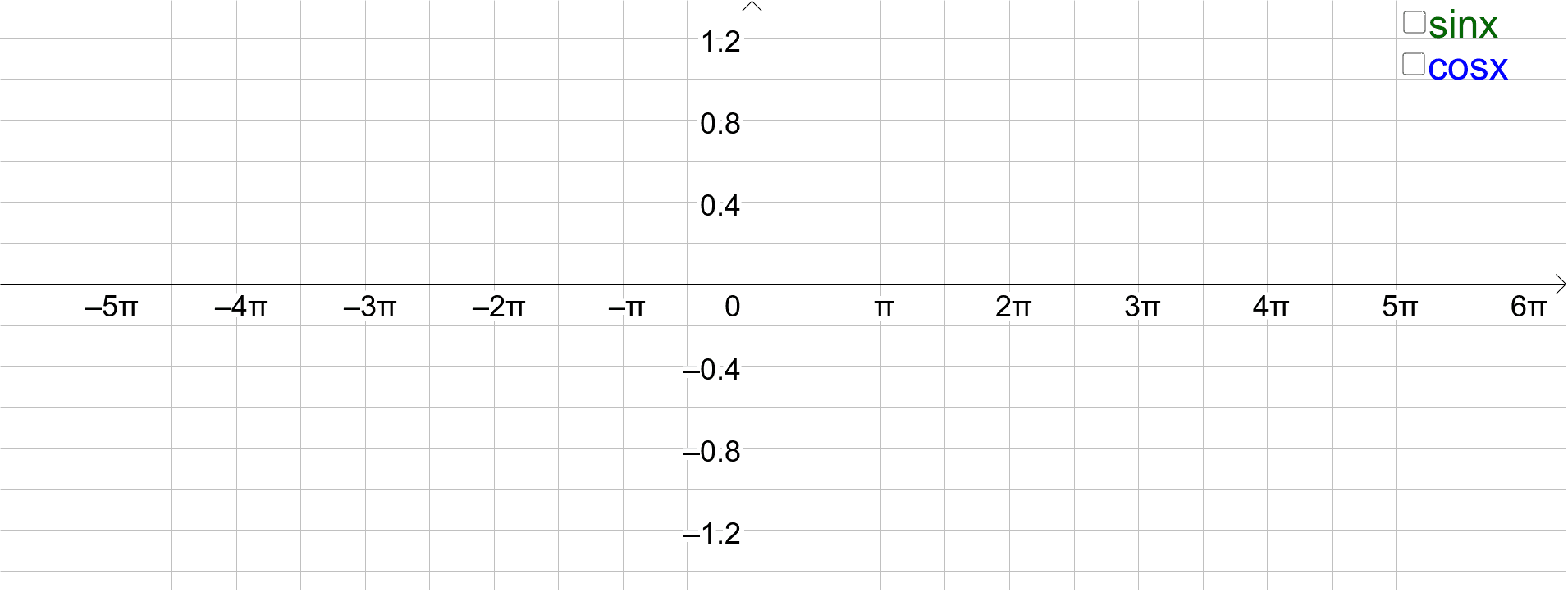



Rates Of Change Of Sin X And Cos X Geogebra
Graphing Sine and Cosine Functions y = sin x and y = cos x There are two ways to prepare for graphing the basic sine and cosine functions in the form y = sin x and y = cos x evaluating the function and using the unit circle To evaluate the basic sine function, set up a table of values using the intervals 0π, π 2, 3π 2, and 2π for x and calculating the corresponding y value f(x) or yGraph two full periods of the function f(x)=cos(6x) and state the amplitude and period Enter the exact answers For the number π, either choose π from theGraphing Sine & Cosine Functions (II) Author Tim Brzezinski Topic Cosine, Functions, Function Graph, Sine, Trigonometric Functions Interact with the applet below for a few minutes Then answer the questions that follow Questions 1) Consider the function f (x) = sin (x) What are the values of a, b, c, and d for this parent sine function?
Follow 1,558 views (last 30 days) Show older comments Mahammed Ali on 23 Feb 17 Vote 0 ⋮ Vote 0 Commented Image Analyst on 3 Jun 21 at 1517 Accepted Answer Image Analyst graph 3 Comments Show Hide 2 older comments James Tursa on 23 · The combined graph of sine and cosine function can be represented as follows Tan Graph The tan function is completely different from sin and cos function The function here goes between negative and positive infinity, crossing through 0 over a period of π radian y = tan x;Graphs Solve Equations Calculus If F is the composition of two differentiable functions f\left(u\right) and u=g\left(x\right), that is, if F\left(x\right)=f\left(g\left(x\right)\right), then the derivative of F is the derivative of f with respect to u times the derivative of g with respect to x, that is, \frac{\mathrm{d}}{\mathrm{d}x}(F)\left(x\right)=\frac{\mathrm{d}}{\mathrm{d}x}(f
Graphs Solve Equations Calculus View solution steps Steps Using Definition of a Derivative \cos ( x ) cos (x) For a function f\left(x\right), the derivative is the limit of \frac{f\left(xh\right)f\left(x\right)}{h} as h goes to 0, if that limit exists For a function f (x), the derivative is the limit of h f (x h) − f (x) as h goes to 0, if that limit exists \frac{\mathrm{d · The value of the cosine function is positive in the first and fourth quadrants (remember, for this diagram we are measuring the angle from the vertical axis), and it's negative in the 2nd and 3rd quadrants Now let's have a look at the graph of the simplest cosine curve, y = cos x (= 1 cos x) π 2π 1 1 x yGraph of the basic sine function f(x) = cos(x) Example 2 Find the range and the period of the function y = cos(x) and graph it Solution to Example 2 We will use the same 4 special points corresponding to 5 quadrantal angles (0 , π/2, π 3π/2 and 2π) as shown in the unit circle (figure 1 above) cos(x) is given by the x coordinate of a point on the unit circle corresponding to angle x
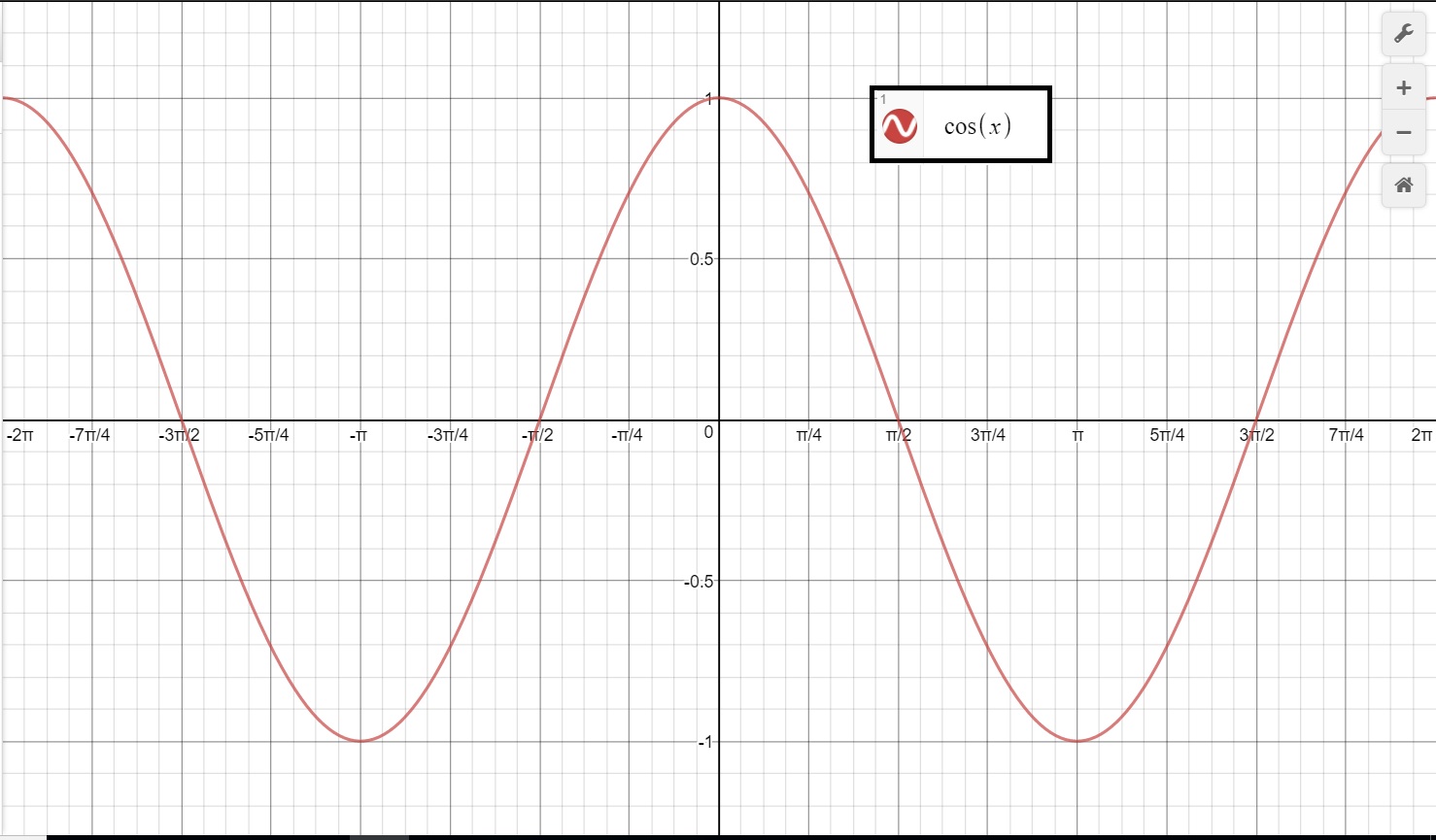



How Do You Graph Y Cosx 3 Socratic




Trigonometry Reciprocal Identities Expii
One thing is first differentiate the fn, then u get 1sinx which is always greater than or equal to zero and hence the graph is strictly increasing And then check for f (x) when x=0 Double differentiate the fn to get concavity (double differentiation gives cosx and hence the concavity changes in intervals of π) 503 views · To graph f (x) = 1 cos(x), start working on it's Parent Function f (x) = cos(x) first Make a table of values for f (x) = cos(x) and f (x) = 1 cos(x) For x,Beyond simple math and grouping (like "(x2)(x4)"), there are some functions you can use as well Look below to see them all They are mostly standard functions written as you might expect You can also use "pi" and "e" as their respective constants Please note You should not use fractional exponents




Why Isn T Arccos Cos X Equal To X Mathematics Stack Exchange




Sketch Graph Of Arcsin Sine Inverse Arccos Cos X Trigonometric Function Cbsc 12 Youtube
Calculus Using the first and second derivative, sketch the graph of f(x) = sin(x) cos(x)The function is {eq}f(x) = 10 \ cos(x) 5 \ sin(2x) {/eq} The tangent will be horizontal when the slope of the tangent is zero, ie when the function's first derivative is zeroA graph of a function is formed by points P(x, f (x)), where the abscissas x belong to the domain and the calculated values of the function f (x) as the ordinates, which are the corresponding values from the range The graph of the cosine function f (x) = cos x




Graphs Of The Sine And Cosine Function Precalculus Ii




Graph F X Cos X Youtube
· Graph of the function $\cos(x)\cos(x2)\cos^2(x1)$ will be?The graph of f(x), a trigonometric function, and the graph of g(x) = c intersect at n points over the interval 0 PreCal (Trig) Help? · I was wrong when I wrote cos x (which is a function pair, so the graph of cos x is no problem) Actually, I wanted to do was make the graph of f (x) = sin x , and I thought I'd just ask a simple question (f(x) = sinx )and, after suggestions, I would complete the rest When I wrote, I changed the sine by the cosine




Sine Cosine Tangent Graphs Video Lessons Examples And Solutions




What Is The Range Of Cos X
Get the free "Surface plot of f(x, y)" widget for your website, blog, Wordpress, Blogger, or iGoogle Find more Engineering widgets in WolframAlpha2 Answers2 Active Oldest Votes 1 Think of this function as f ( x) = x cos ( ( 1 x 2) ⋅ x) What this shows you is that both the amplitude ( x) and frequency ( 1 2 π x 2) of the wave tends vary with x As x gets large, the amplitude goes to infinity but is offset by a frequency that diminishes to zeroIn mathematics, the graph of a function f is the set of ordered pairs (x, y), where f(x) = yIn the common case where x and f(x) are real numbers, these pairs are Cartesian coordinates of points in twodimensional space and thus form a subset of this plane In the case of functions of two variables, that is functions whose domain consists of pairs (x, y), the graph usually refers to the
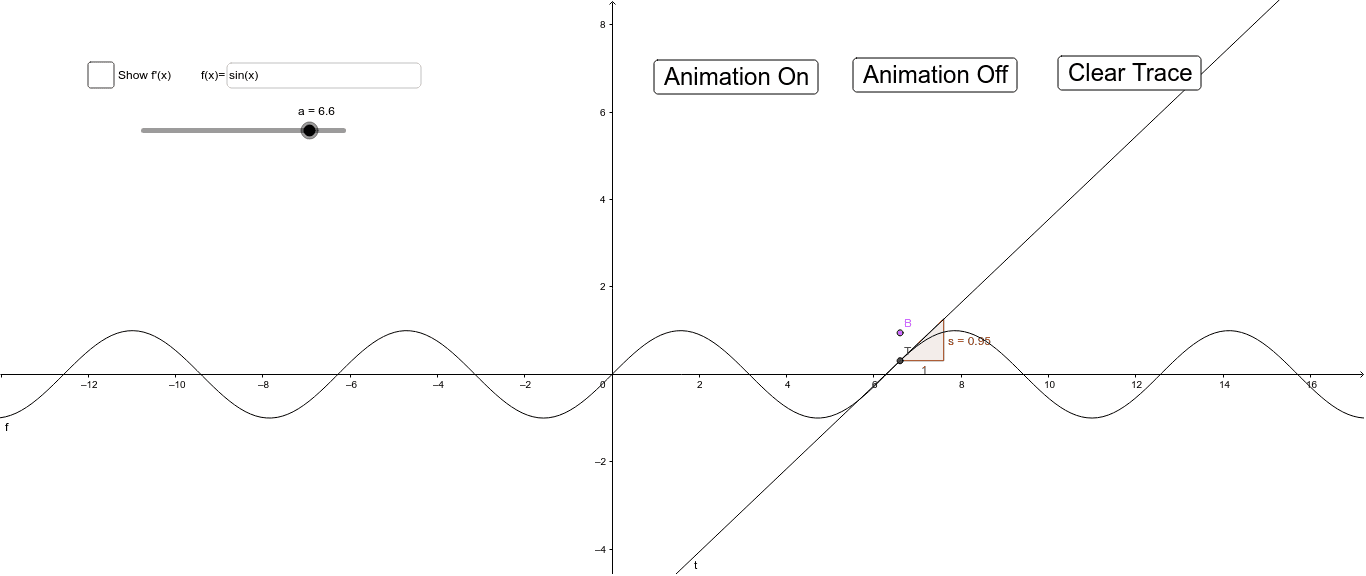



The Derivative Of F X Sin X Is G X Cos X Geogebra




What Can Be Explanation For Anamolus Behavior Of Graph Of Equation Y Xy Cos 9 F X Y Mathematics Stack Exchange
The following relationship is known to be true for two angles A and B cos(A)cos(B)sin(A)sin(B)= Express A in terms of the angle B Work in degrees and report numeric values accurate to 2 decimal places · The function \(\sin x\) is odd, so its graph is symmetric about the origin The function \(\cos x\) is even, so its graph is symmetric about the yaxis The graph of a sinusoidal function has the same general shape as a sine or cosine function In the general formula for a sinusoidal function, the period is \(P=\dfrac{2\pi}{ B }\) See Example \(\PageIndex{1}\) In the generalGraph two full periods of the function f (x) = cos (6x) and state the amplitude and period Enter the exact answers For the number 7, either choose from the dropdown menu or type in Pi (with a capital P) Amplitude A Period P = Select the correct graph of the function f (x) = cos (6x) V 5 X 27 27 3 5 2 (b) x m k/ नभित्र जन N ना Mim 2 m 8 y S 3 1 x कान 22




Is The Function F X Cos X Even Odd Or Neither Socratic




Ex 5 1 32 Show That F X Cos X Is Continuous Class 12
The tangent graph has an undefined amplitude as the curve tends to infinity ;11 Given the parent function p(x) cosx, which phrase best describes the transformation used to obtain the graph of g(x) cos(x a) b, if a and b are positive constants? · Given that y = f(x) is the function that we want to transform, f(x) will undergo a horizontal compression when the scale factor, a ( where a > 1), is multiplied to the input value or x for this case This means that when we multiply x by a scale factor greater than 1, we expect its graph to shrink by the same scale factor
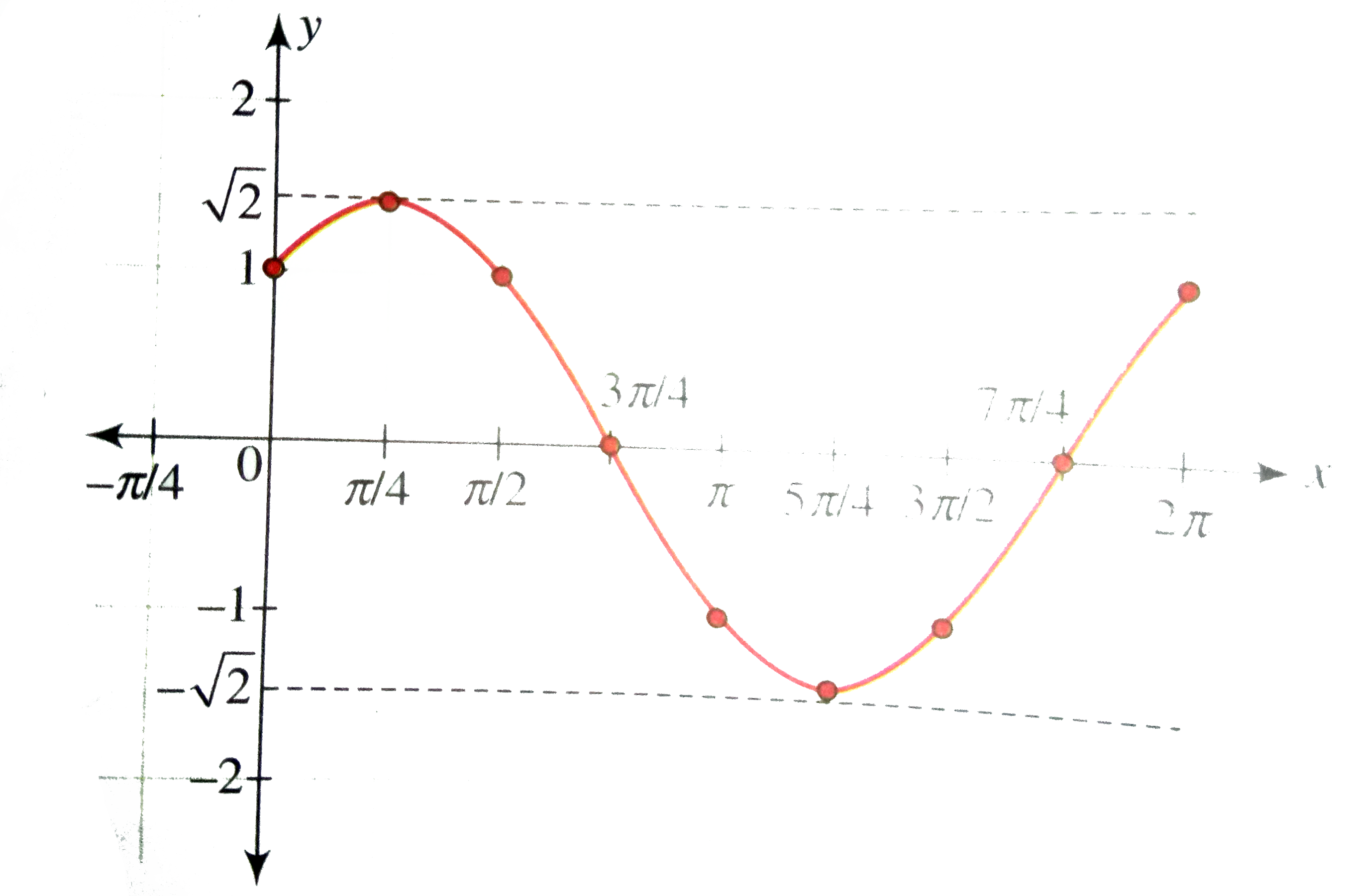



Draw The Graph Of Y Sin X Cos X X In 0 2pi



Im Currently Learning Taylor Polynomials In The Picture The Red Line Is The Graph Of F X Cos X The Blue Line Is The 5th Degree Taylor Polynomial Centered At X 0 For This
· y = Acos(Bx − C) D The graph could represent either a sine or a cosine function that is shifted and/or reflected When x = 0, the graph has an extreme point, (0, 0) Since the cosine function has an extreme point for x = 0, let us write our equation in terms of a cosine function Let's start with the midlineGraphs of trigonometric functions The graph of the cosine function f (x) = cos x To draw the graph of the cosine function divide the unit circle and x axis of a Cartesian coordinate system the same way as when drawing the sine function · The graph of y = 10 cos x, which we learned about in the last section, sine and cosine curves, is as follows 05π π 15π 2π 5 10 5 10 x y Open image in a new page The graph of `y=10cos(x)` for `0 ≤ x ≤ 2pi`




Describe The Transformations Required To Obtain The Graph Of The Function F X From The Graph Of The Brainly Com
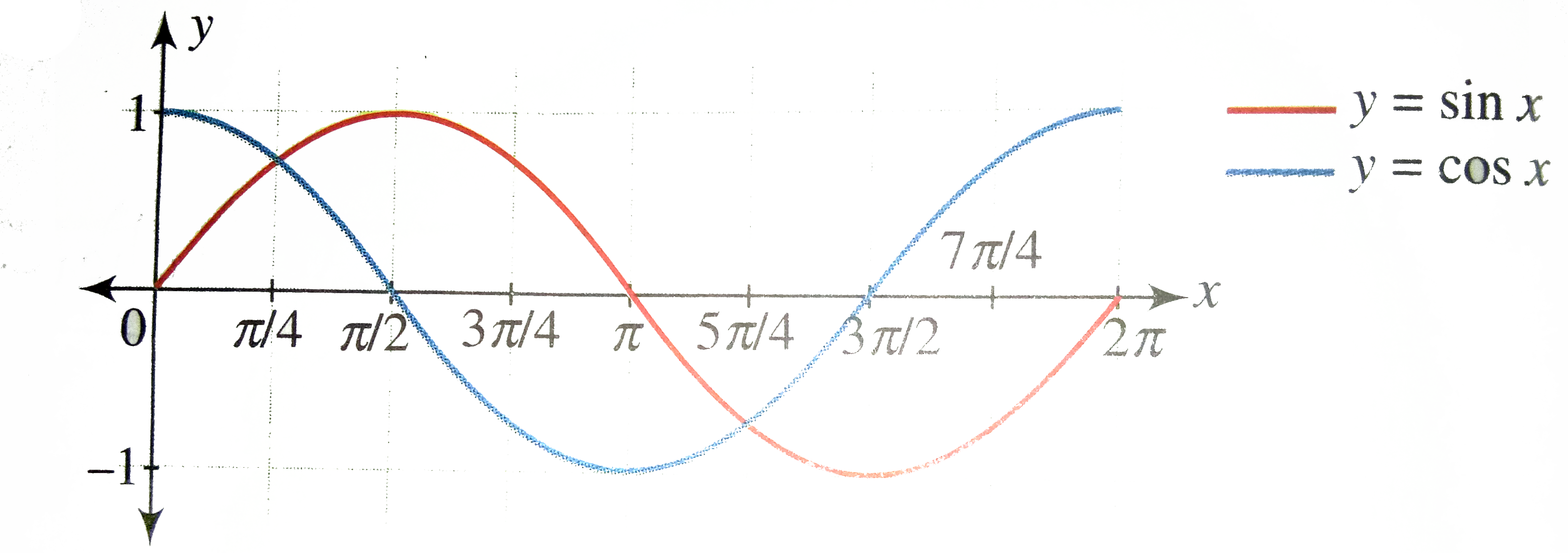



Find The Values Of X For Which F X Sqrt Sin X Cos X Is Def
· How do I graph the function f(x) = cos^2(x) sin^2(x) over the interval 2pi,2pi and use 100 points in the domain?An odd function f(x) is one for which f( x) = f(x) for all values of x(in the maximal domain) Thus the graph to the left of the yaxis can be obtained from the graph to the right by rotating about the origin Examples are x, 1=x, x3 3x, any polynomial with only odd powers Unlike numbers, most functions are neither even nor odd Example f(x) = x 3 Any polynomial with both even and odd · How do I graph the function f(x) = cos^2(x) sin^2(x) over the interval 2pi,2pi and use 100 points in the domain?




Rates Of Change Of Sin X And Cos X Geogebra




Transformation Of Cos X To Sin X Via Cos X Frac Pi 2 Sin X Mathematics Stack Exchange
Functions as an infinite series of sine and cosine terms A function f(x) is said to be periodic with period T, if f(xT) = f(x),for all x The period of the function f(t) is the interval between two successive repetitions 102 Definition of a Fourier Series Let f be a bounded function defined on the −π,π with at most a finite number of maxima and minima and at most a finiteFollow 1563 views (last 30 days) Show older comments Mahammed Ali on 23 Feb 17 Vote 0 ⋮ Vote 0 Commented Image Analyst on 3 Jun 21 at 1517 Accepted Answer Image Analyst graph 3 Comments Show Hide 2 older comments James Tursa on 23Y=cosx y'=D(cosx) y'=sinx*D(x) y'={x/x}sinx The question is, is y=cosx differentiable everywhere, y is differentiable everywhere if and only if the function y' is continuous everywhere The function y' comprises of a sinusoidal func




5 F X Sinx Cos X Epsilon 0 2pi Where Denotes The Greatest Integer Function Tota Youtube




Notes On Topics Of Algebra Notes
1) right a units, up b units 2) right a units, down b units 3) left a units, up b units 4) left a units, down b units 12 Which transformation could be used to make the graph of the equation y sinx coincide with the graphGraph of f ( x) = arccos ( x) f (x) = \arccos (x) f (x)=arccos(x) The arccosine would no longer be a function There would be a possible division by zero There would be inputs to the function with no output Show explanation by Brilliant Staff The interval depicted is 0 to 4 π 4 \pi 4π(A)A straight line (B)A parabola Give the corresponding equation too SourceJEE 1997 Can someone suggest how should I procee Stack Exchange Network Stack Exchange network consists of 177 Q&A communities including Stack Overflow, the largest, most trusted online community for developers to learn,




The Maximum Ordinate Of A Point On The Graph Of The Function F X Sin X 1 Cos X Maths Continuity And Differentiability Meritnation Com
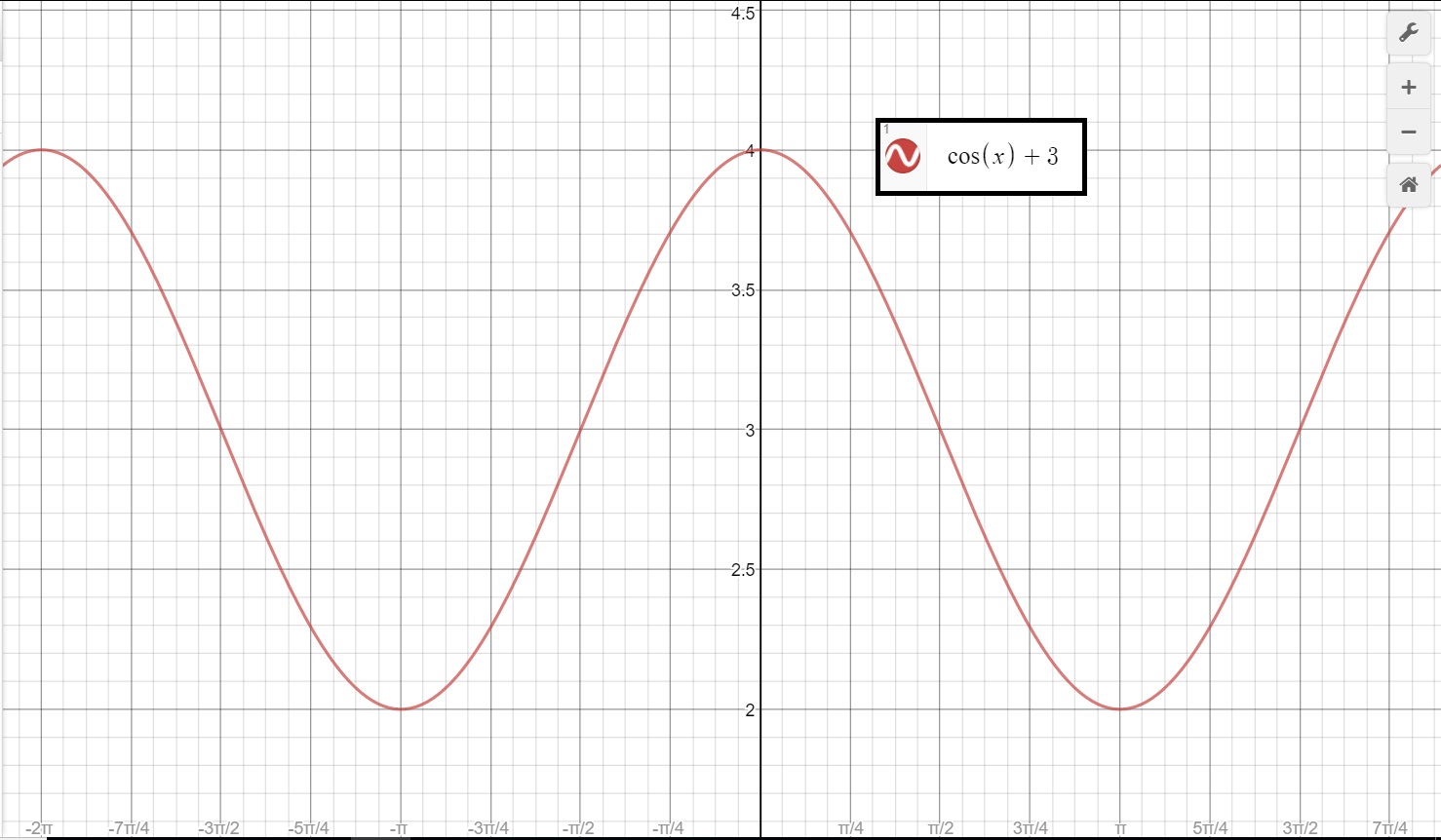



How Do You Graph Y Cosx 3 Socratic
· there's no direct approach (as far as I know) we have cosx1/x plot cosx graph{cosx 10, 10, 5, 5} now plot1/x graph{1/x 10, 10, 5, 5} cosx/x is hybrid of both notice cosx is an even function and 1/x is an odd function and resultant function is an odd function graph{(cosx)/x 1266, 1265, 633, 633} similarly sinx/x graph{sinx/x 1266, 1265, 633, 633} it looksHere is the graph of y = sin x The height of the curve at every point is the line value of the sine In the language of functions, y = sin x is an odd function It is symmetrical with respect to the origin sin (−x) = −sin x y = cos x is an even function The independent variable x is the radian measure x may be any real number We may imagine the unit circle rolled out, in bothGraph f (x)=cos (2x) f (x) = cos (2x) f (x) = cos (2 x) Use the form acos(bx−c) d a cos (b x c) d to find the variables used to find the amplitude, period, phase shift, and vertical shift a = 1 a = 1




Ex 5 1 32 Show That F X Cos X Is Continuous Class 12




Graph Of Arccos Cosx Graph Of Cos Inverse Cosx Arccos Cos X Cos 1 Cos X X Youtube
It also has a period o fGraph f (x)=cos (x) f (x) = cos (x) f (x) = cos (x) Use the form acos(bx−c) d a cos (b x c) d to find the variables used to find the amplitude, period, phase shift, and vertical shift a = 1 a = 1
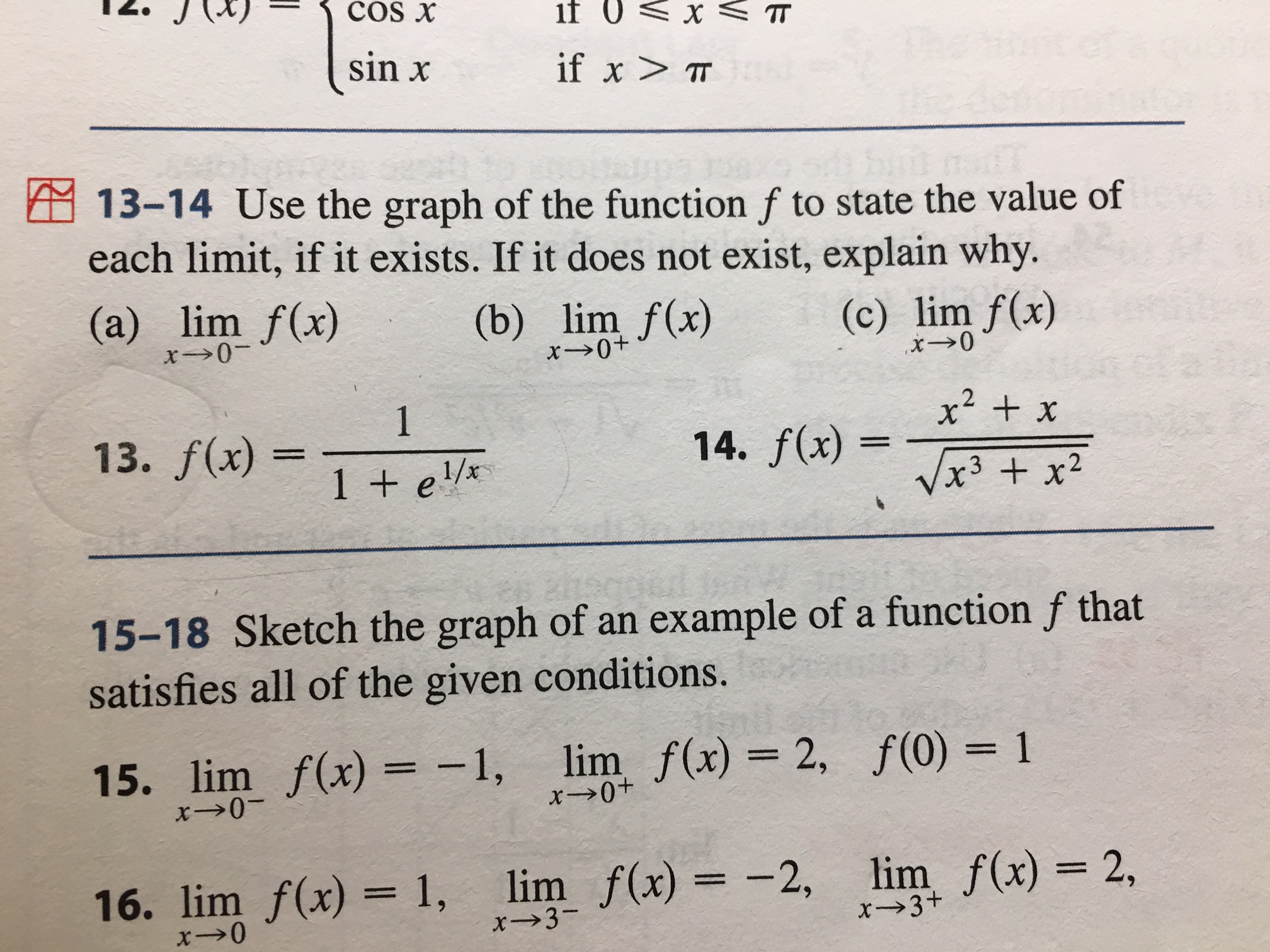



Answered 12 Jx Cos X 1f X Tt Sin X If X T Bartleby




The Number Of Points Where F X Sin X Cosx Where Denotes The Greatest Integer Fun Youtube




Which Function Is Shown On The Graph A F X 1 2 Cos X B F X 1 2 Cos X C F X Brainly Com
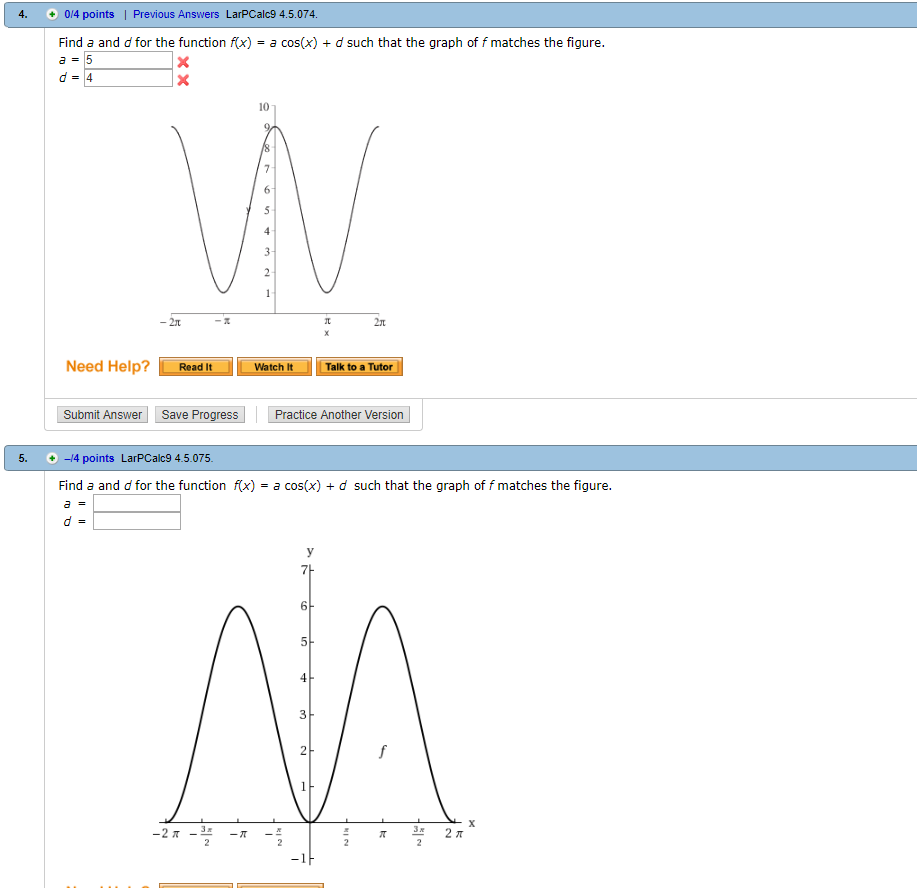



Solved 4 0 4 Points Previous Answers Larpcalc9 4 5 074 Chegg Com




Graph Of Y Sin X Video Trigonometry Khan Academy
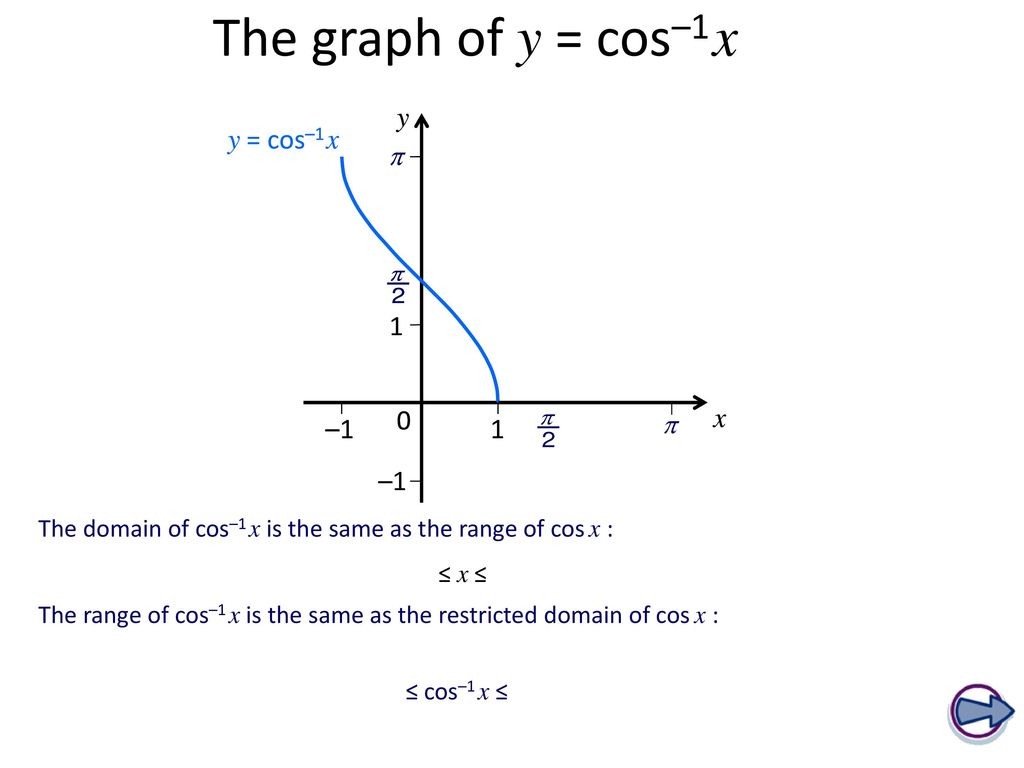



Match Cards In Pairs Then Try To Fill In Table Ppt Download
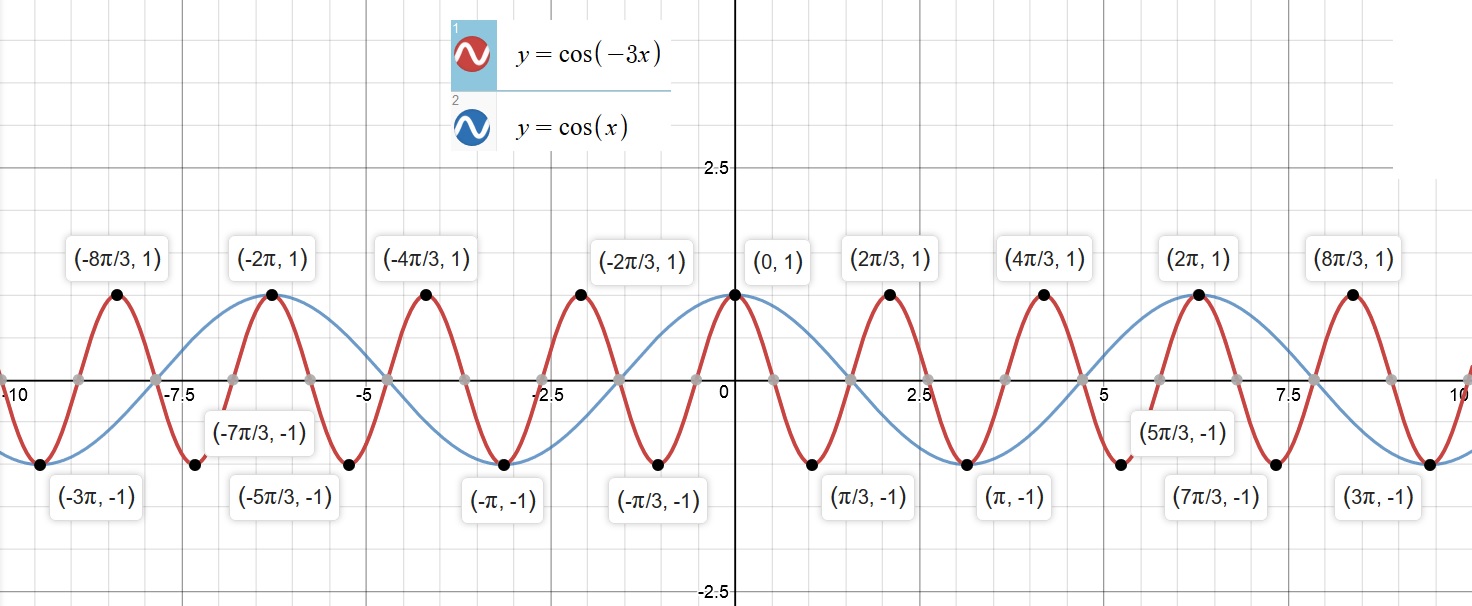



What Is The Amplitude Of Y Cos 3x And How Does The Graph Relate To Y Cosx Socratic




Question Video Finding The Intervals Of Increasing And Decreasing Of A Function Involving A Trigonometric Function Nagwa




Answered On The Graph Of F X Cos X And The Bartleby




Pin On Different Types Of Functions And Their Graphs
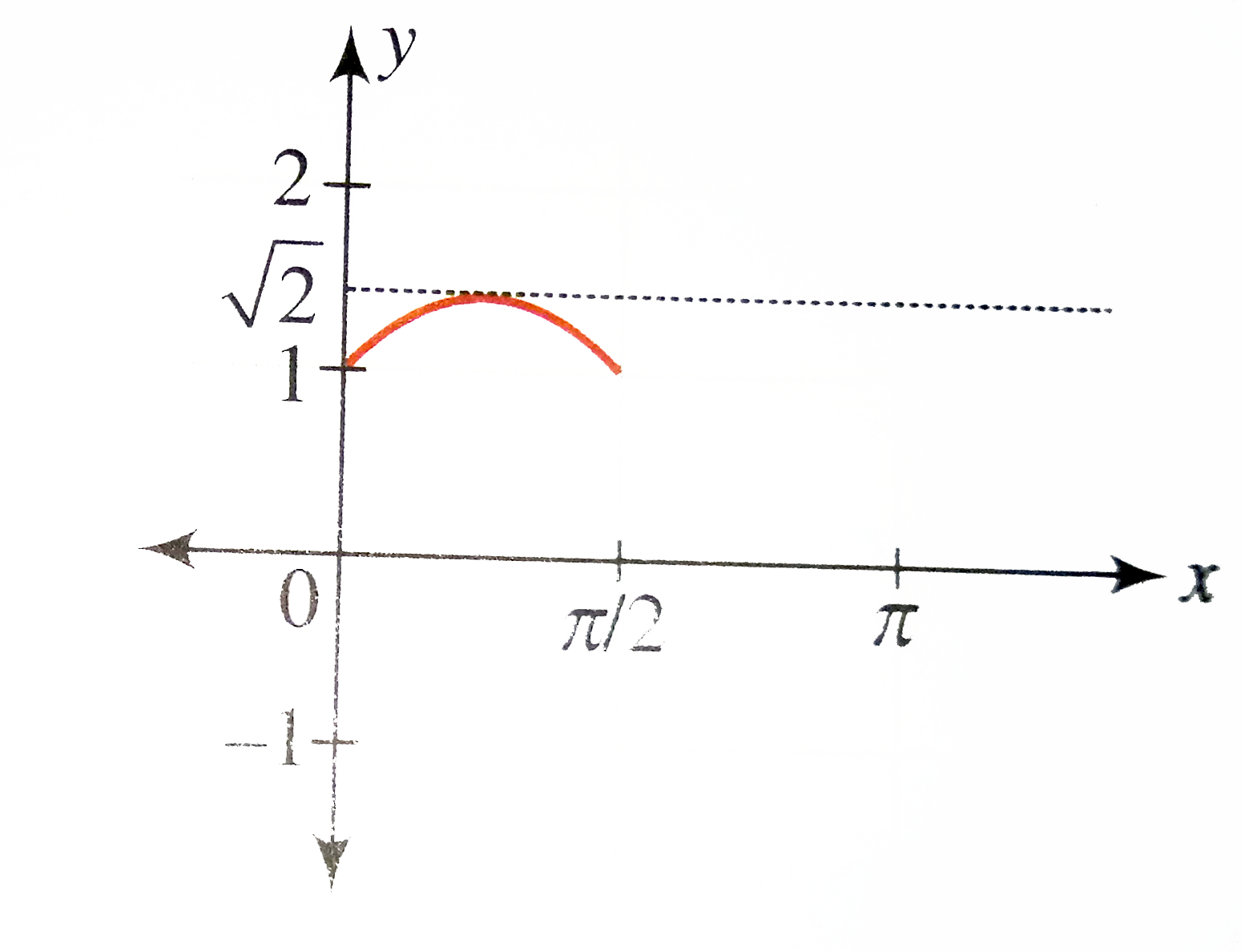



Draw The Graph Of F X Sinx Cos X X In R
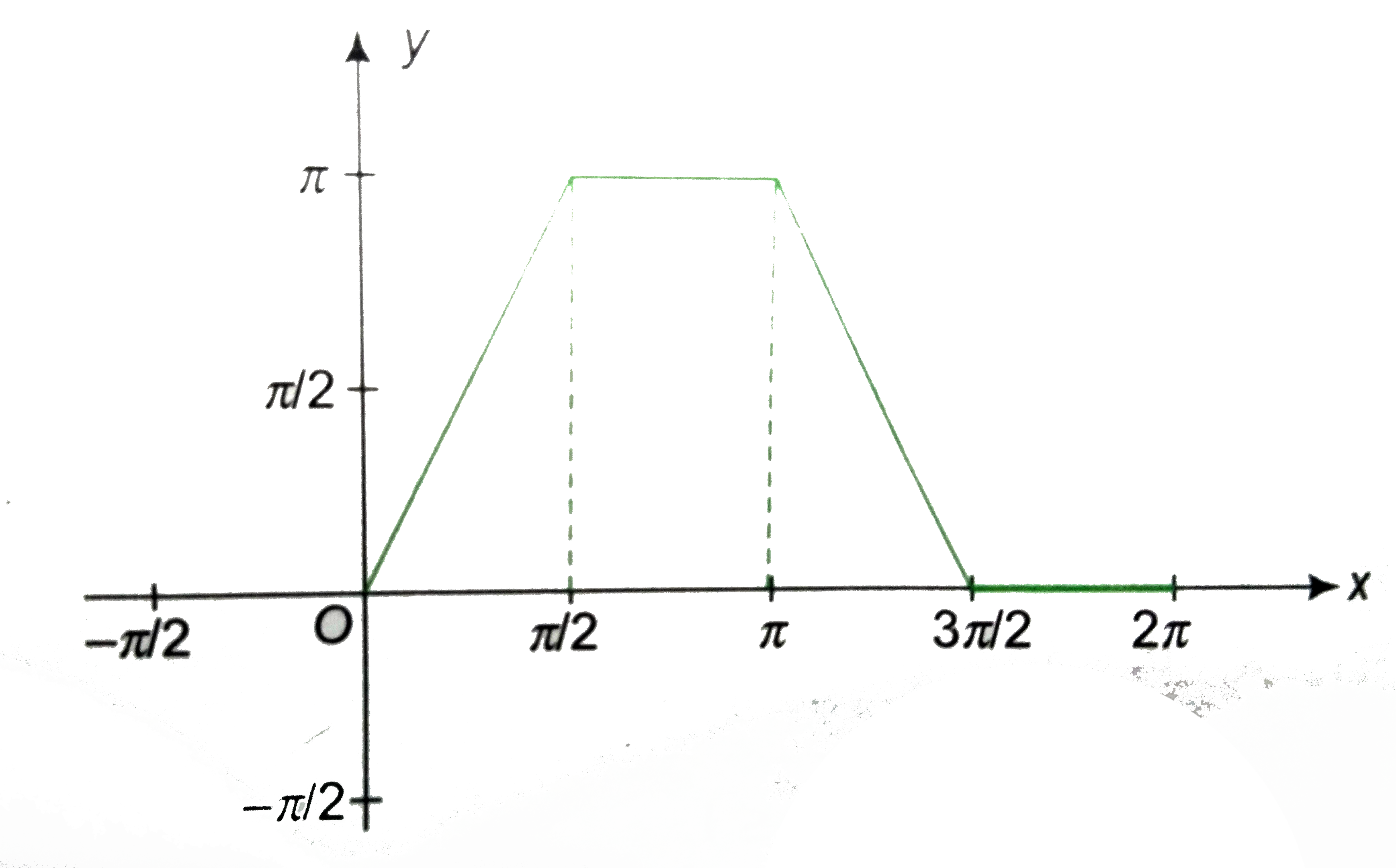



Consider Function F X Sin 1 Sin X Cos 1 Cos X X I




The Range Of Function F X Cos X




Let F And G Be The Functions Defined By F X Sin X And G X Cos X Youtube




Examples With Trigonometric Functions Even Odd Or Neither Video Lessons Examples And Solutions
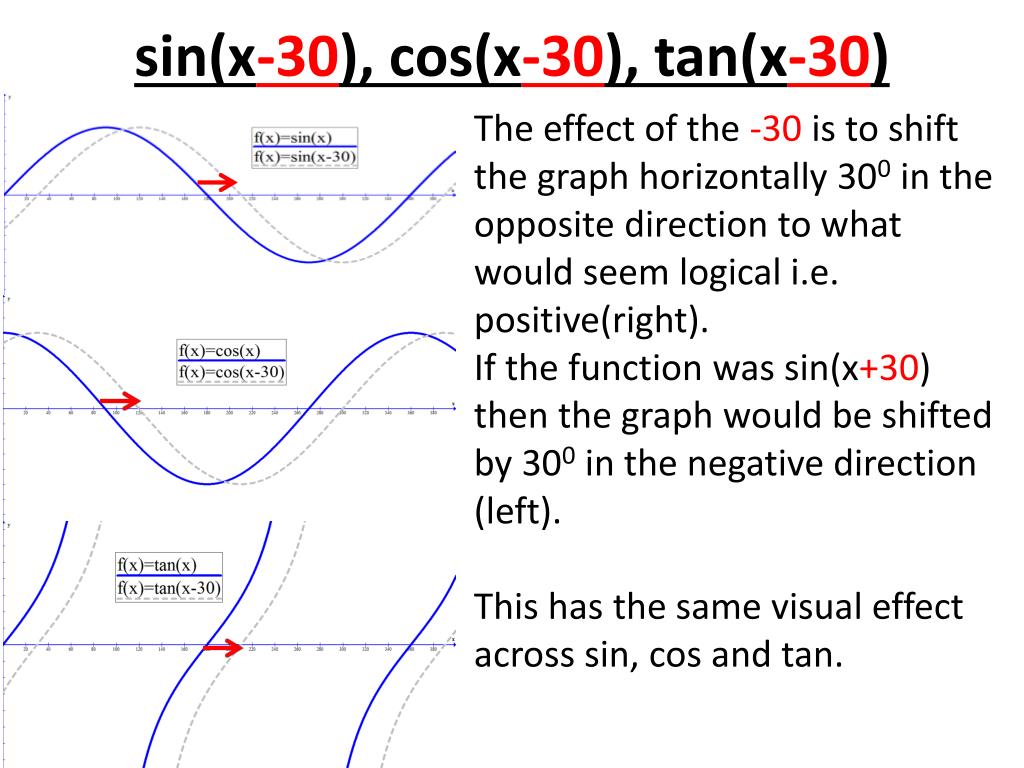



Ppt Trig Graphs Powerpoint Presentation Free Download Id




Graph Of Y Tan X Video Trigonometry Khan Academy
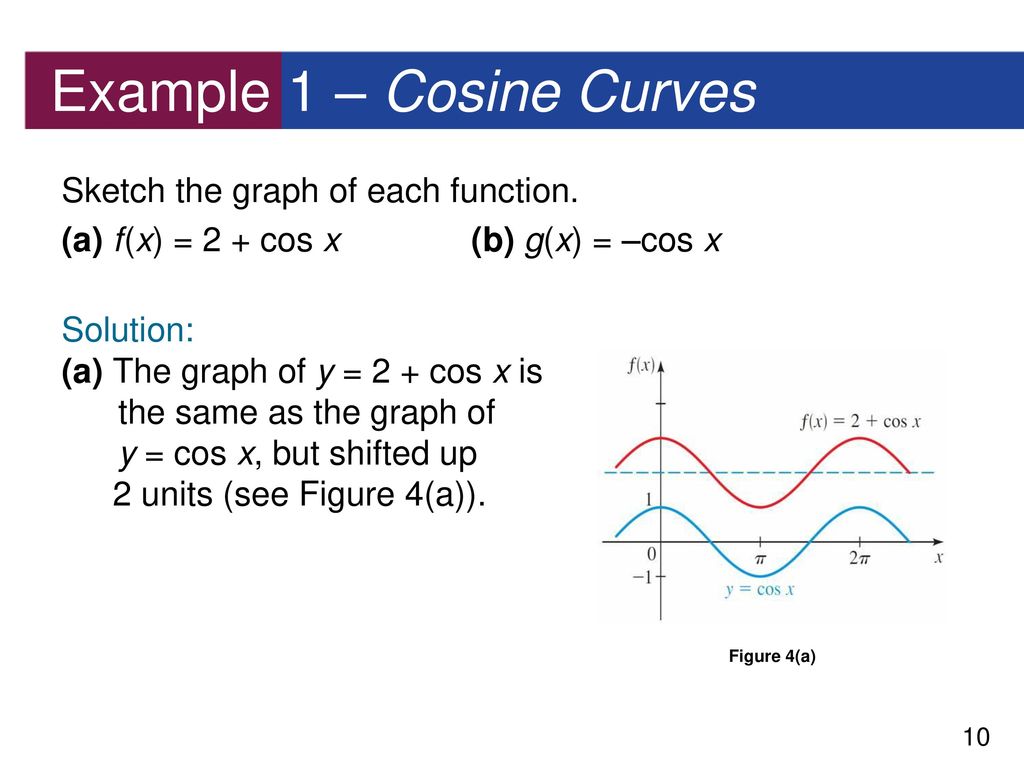



5 3 Trigonometric Graphs Ppt Download



What Are The Maximum And Minimum Values Of Cos Cos X Quora




Answered On The Graph Of F X Cos X And The Bartleby
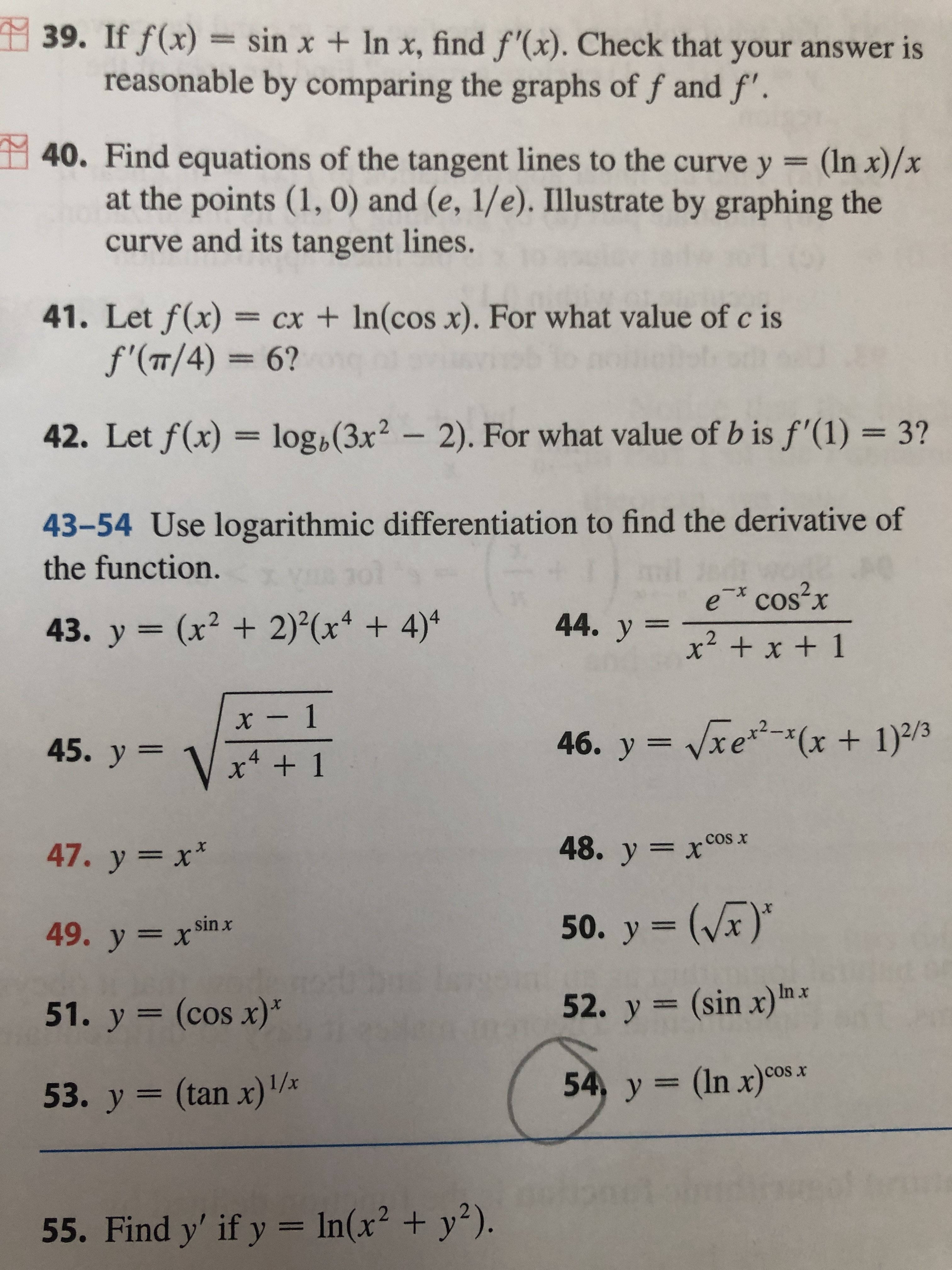



Answered 54 Y Ln X Cos Cos X 3d Bartleby



Bestmaths
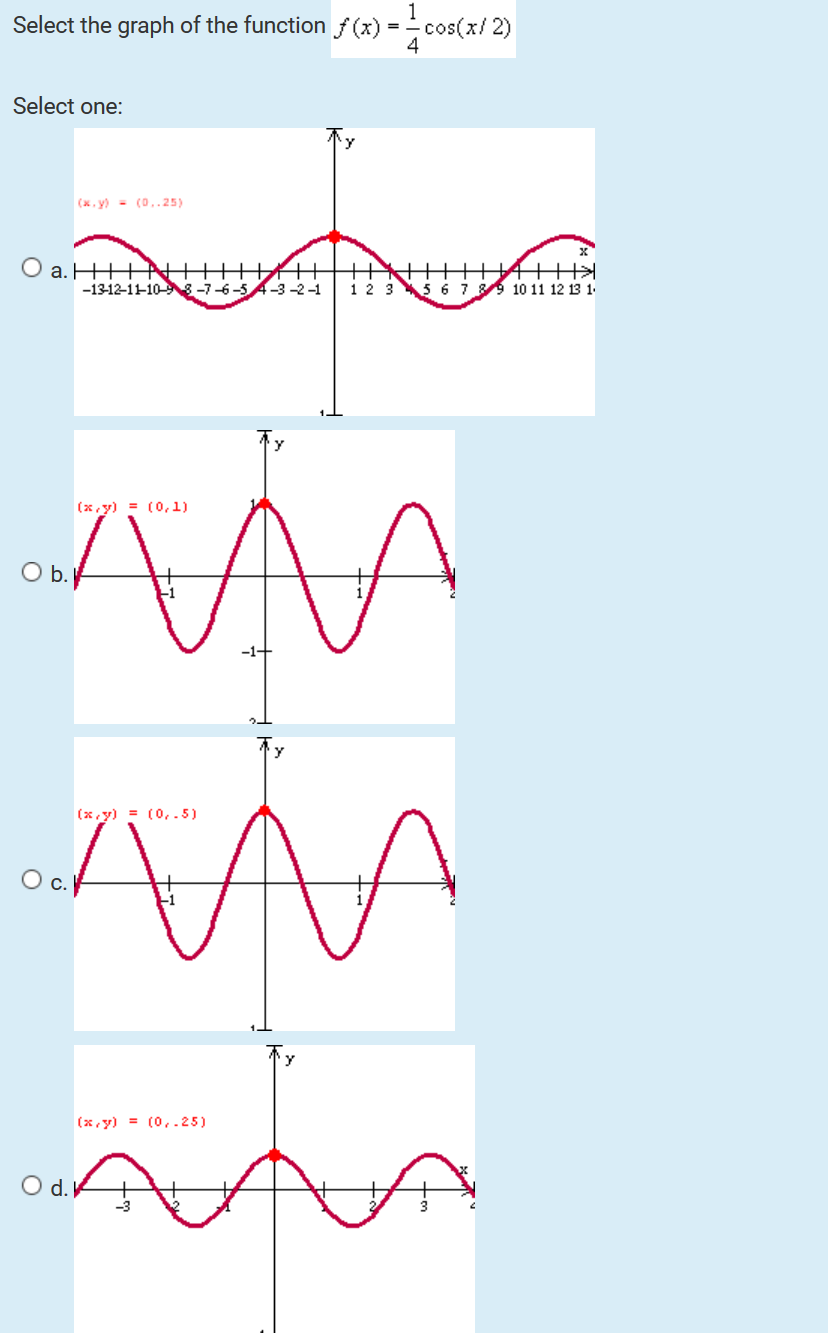



Select The Graph Of The Function F X 3 Cos X 2 Chegg Com
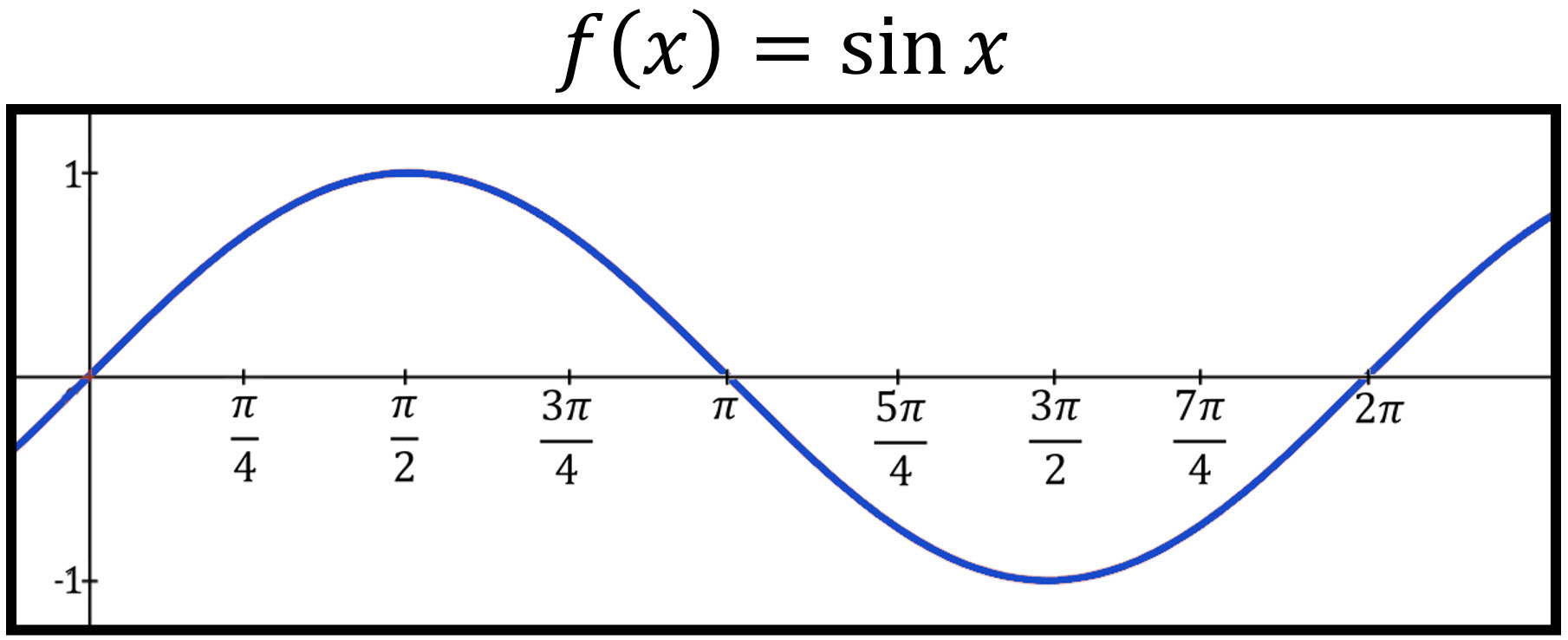



Graphing Trig Functions Sin And Cos Andymath Com




What Are Periodic Functions Expii




Proof Of The Derivative Of Cos X Video Khan Academy




The Graph Of The Function F X Cos X Is Shown What Is The Range Of The Function A 3 3 B Brainly Com




Interval Of Increase Decrease For Cosine Function Youtube
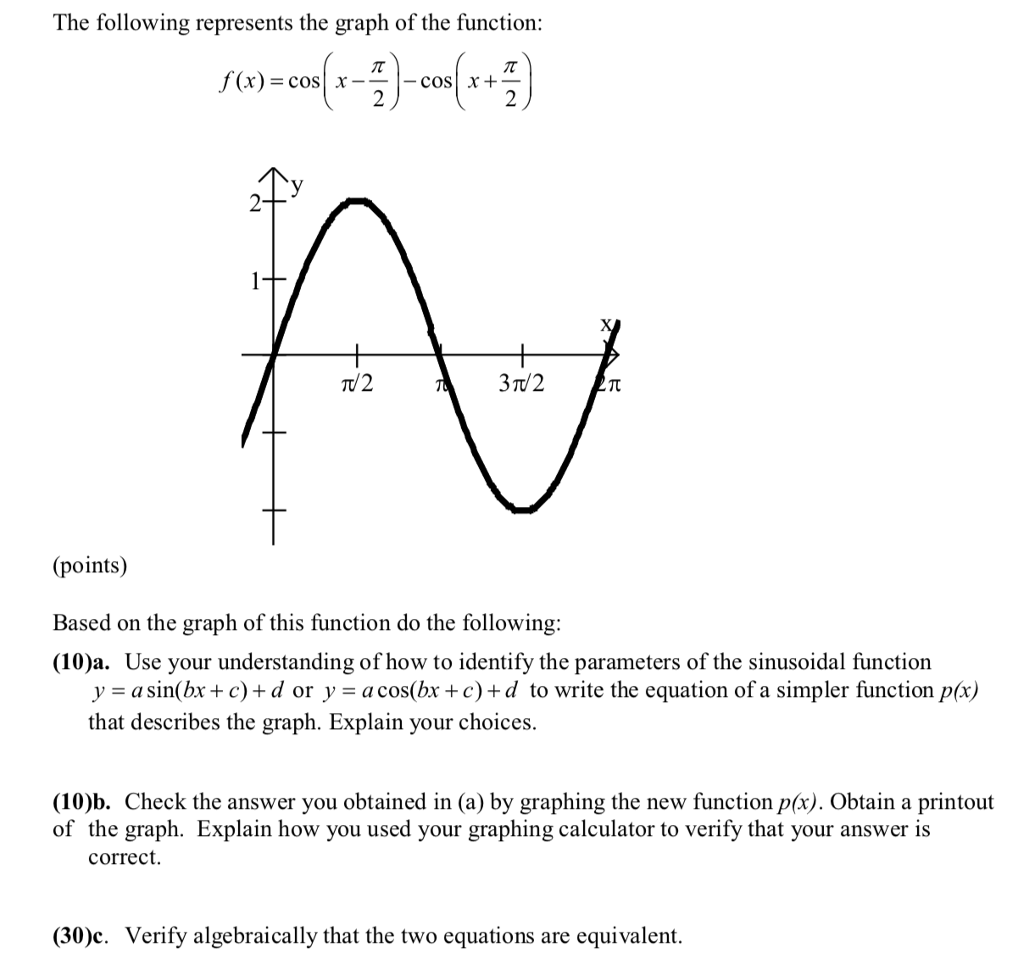



The Following Represents The Graph Of The Function Chegg Com
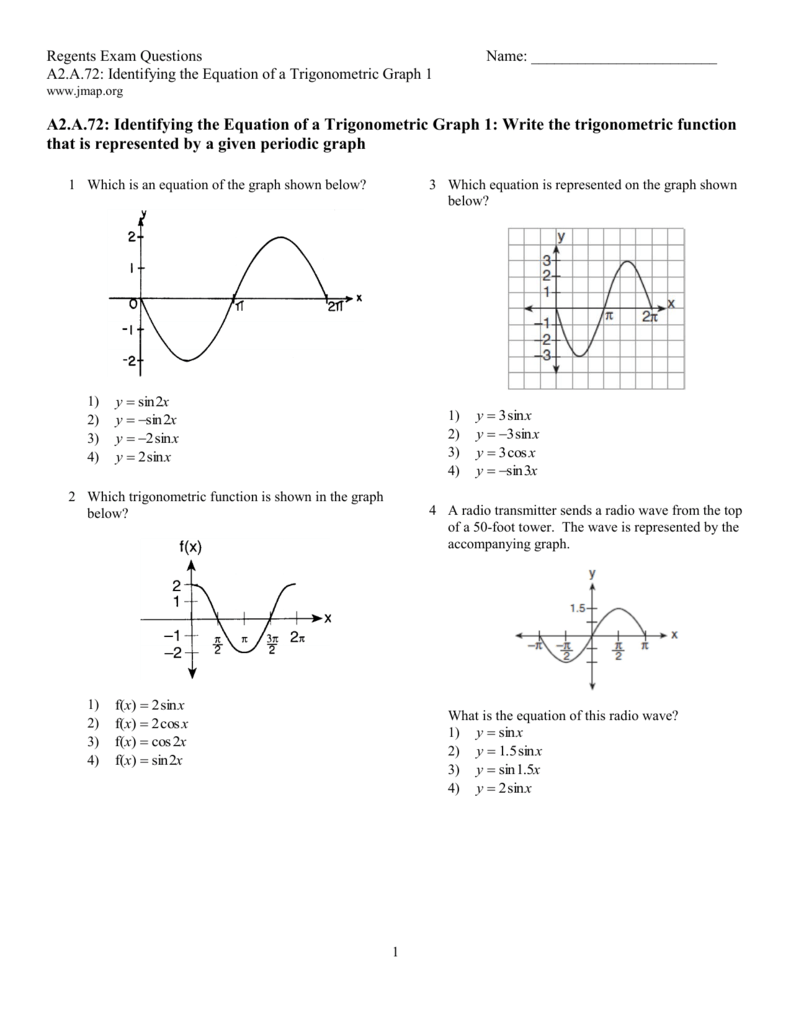



A 72 Identifying The Equation Of A Trigonometric Graph 1 Write




Pp 6 If F I 1 1 F X Cos X Fin 0 8 0 6 0 4 2 Chegg Com
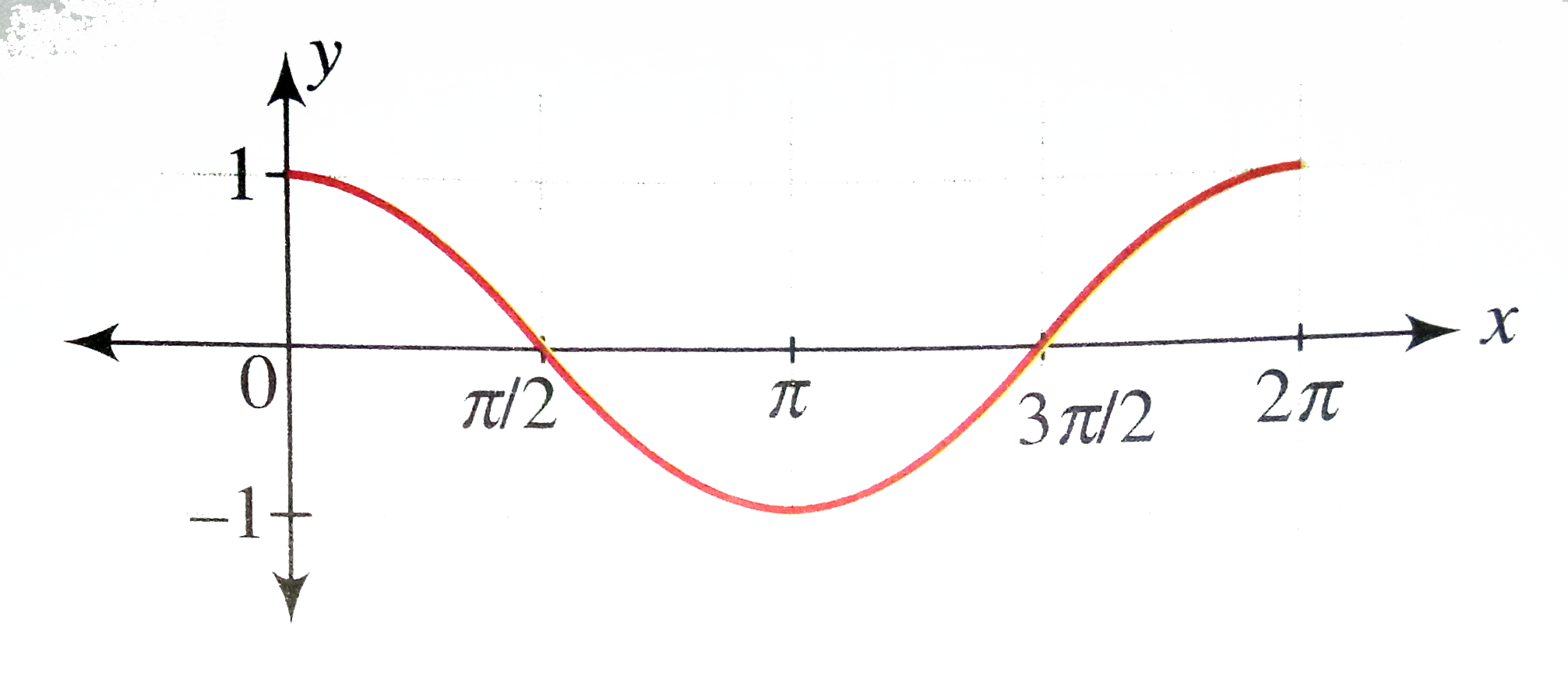



Draw The Graph Of Y Cos X X In 0 2pi Where Repres




Find Critical Points Of F X Max Sinx Cosx X In 0 2pi Youtube




Plotting Functions And Graphs In Wolfram Alpha Wolfram Alpha Blog
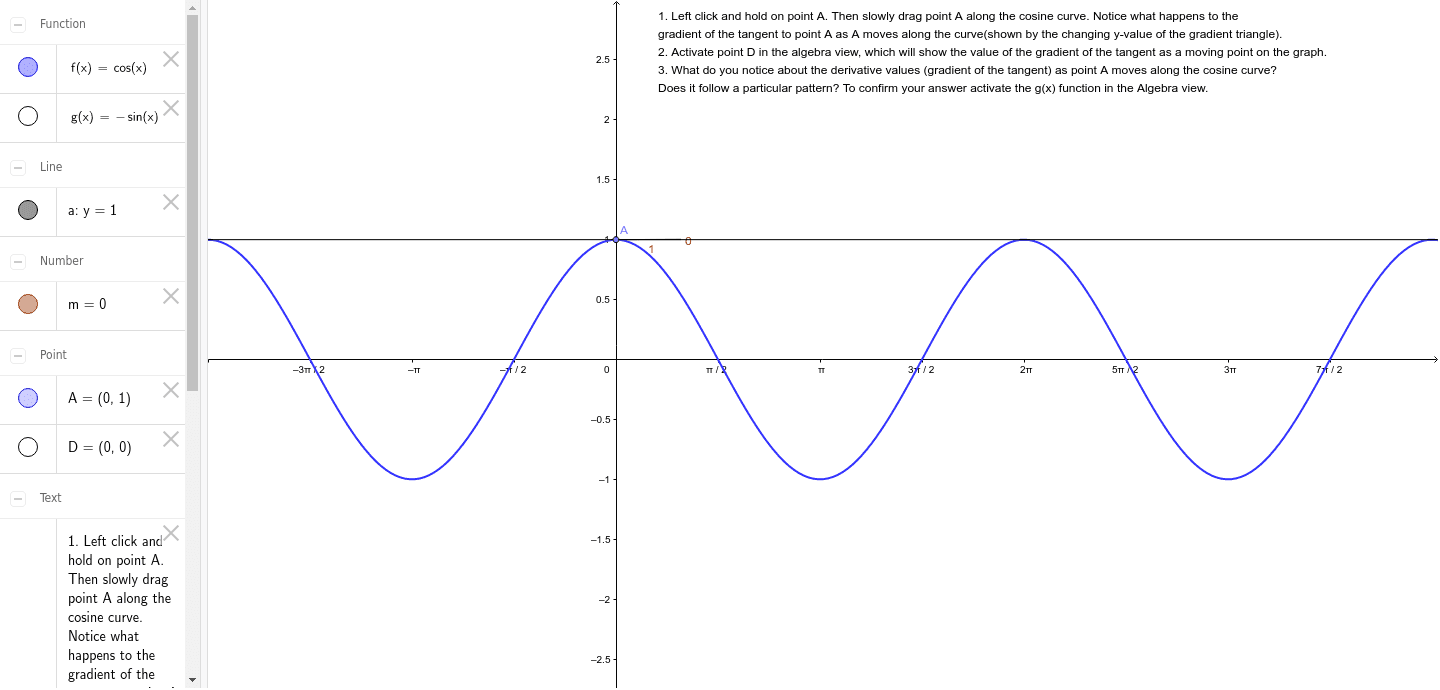



Derivative Of Cos X Geogebra
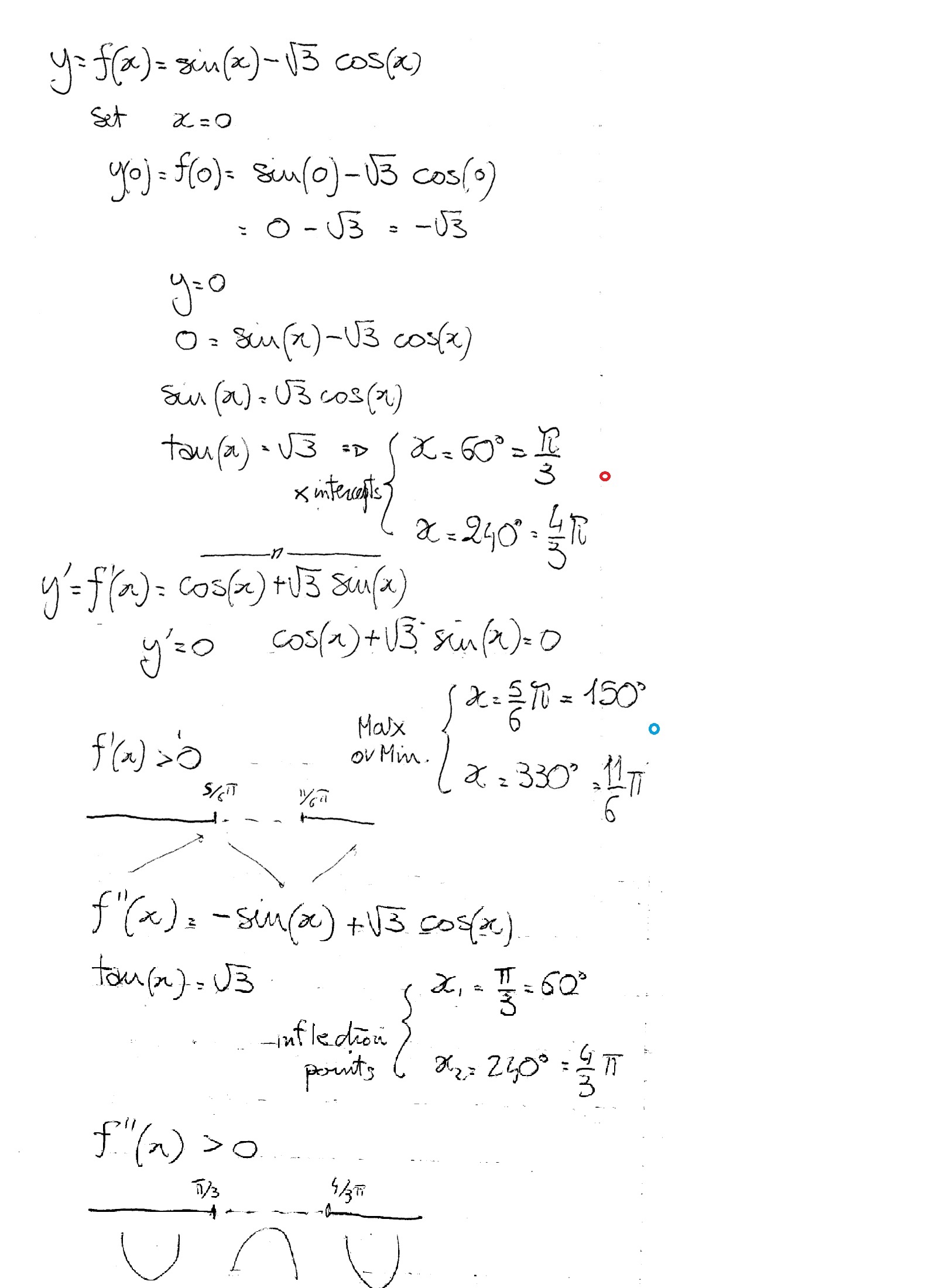



How Do You Graph F X Sinx Sqrt 3 Cos X For X Is Between 0 2pi Socratic




5 2 Properties Of Graphs Of Trigonometric Functions Mathematics Libretexts




Draw The Graph Of F X Maximum 2 Sin X 1 Cos X X In 0




Graphs Of The Sine And Cosine Function Precalculus Ii




Sine Wikipedia




Pin On Math
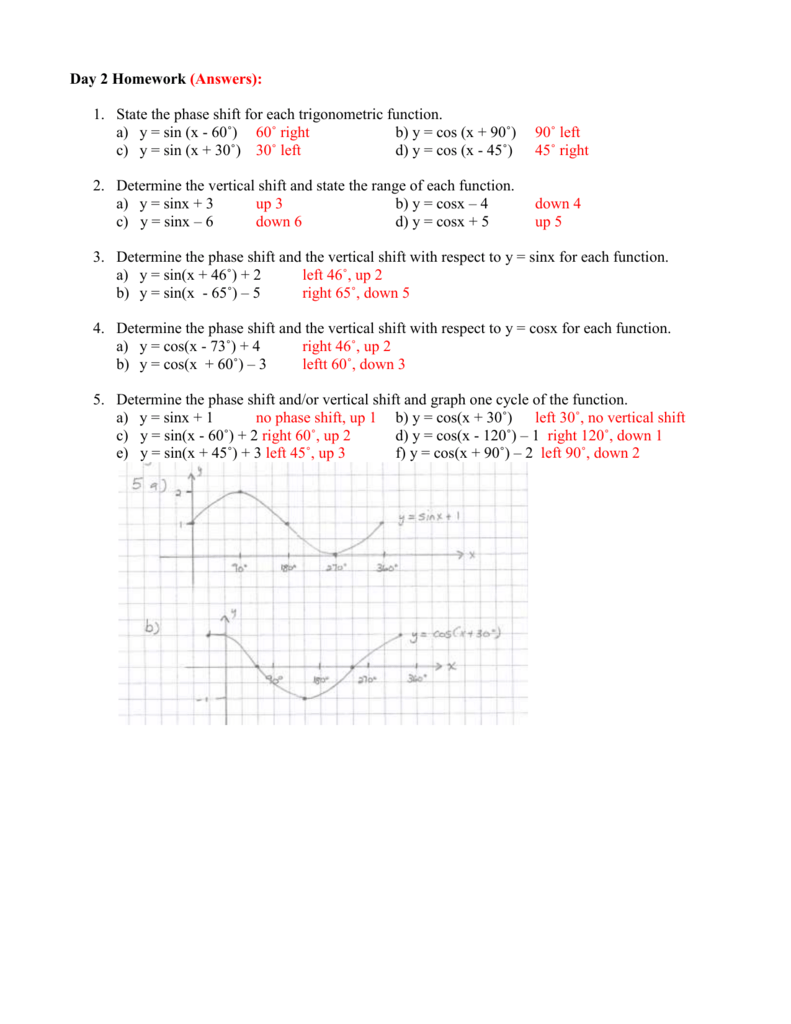



Day 2 Homework Answers




Graphing Y Sinx And Y Cosx In Degrees Youtube
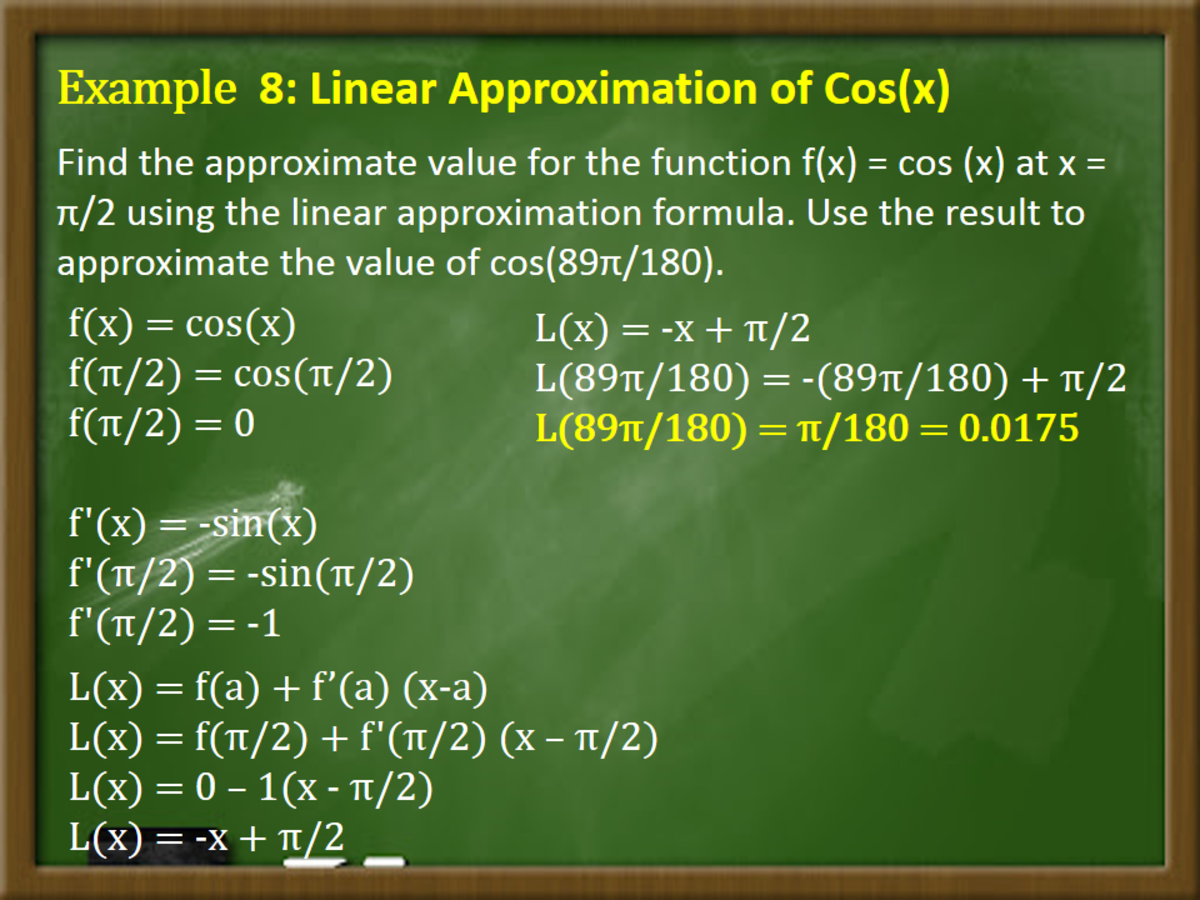



Linear Approximation And Differentials In Calculus Owlcation
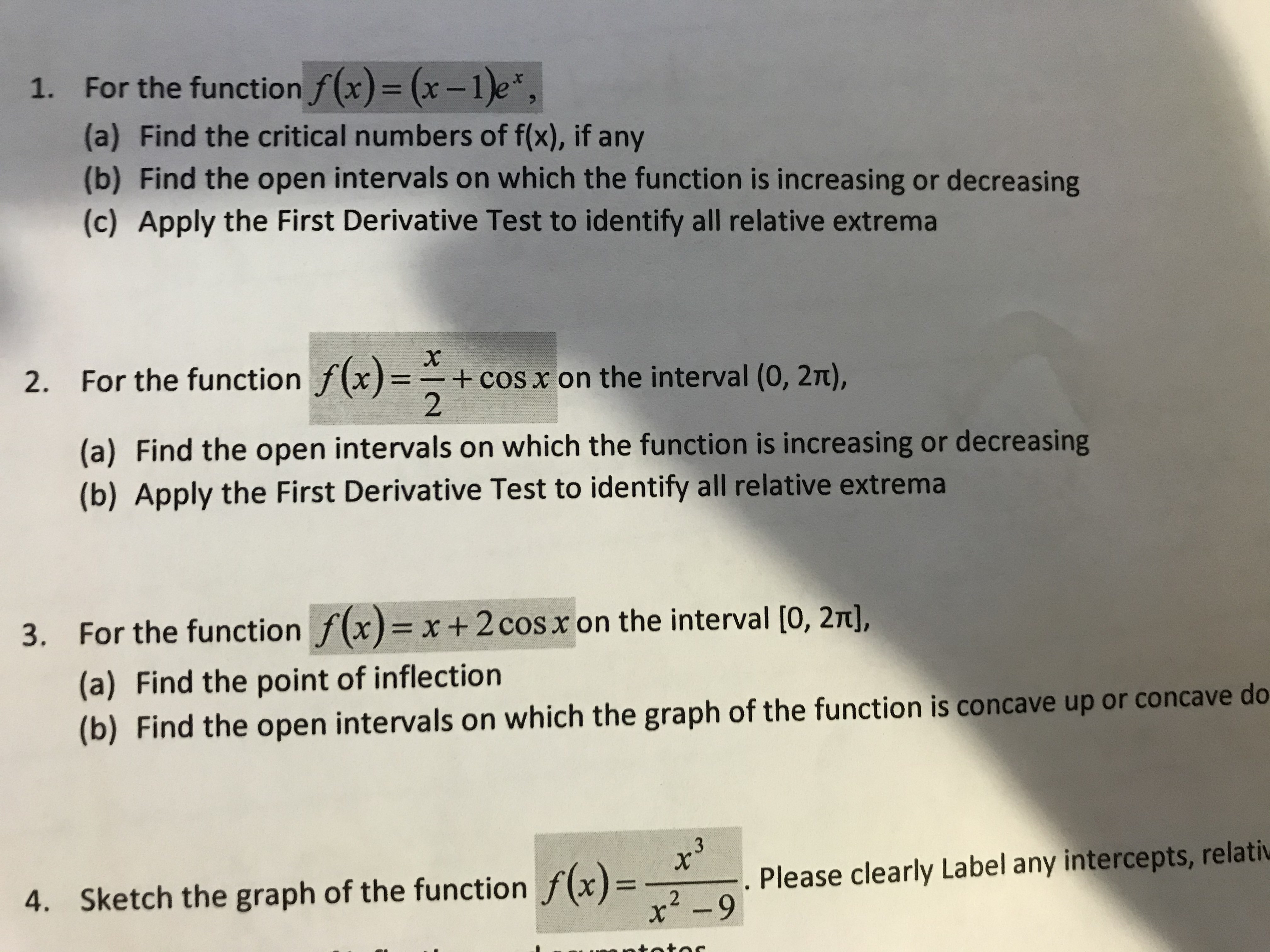



Answered 1 For The Function F X X 1 E A Bartleby




Find A And D For The Function F X A Cos X D Such That The Graph Off Matches The Figure Brainly Com
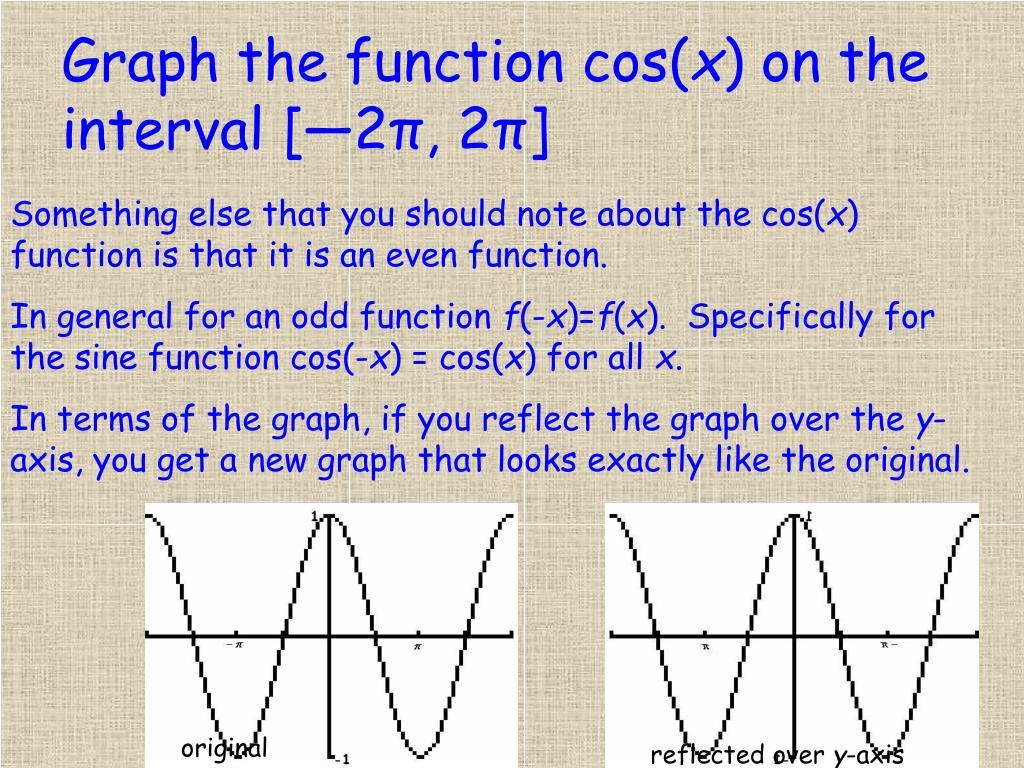



Ppt Graphs Of The Sine And Cosine Functions Powerpoint Presentation Free Download Id 4347




Graph Of F X Sin X Cos X Youtube
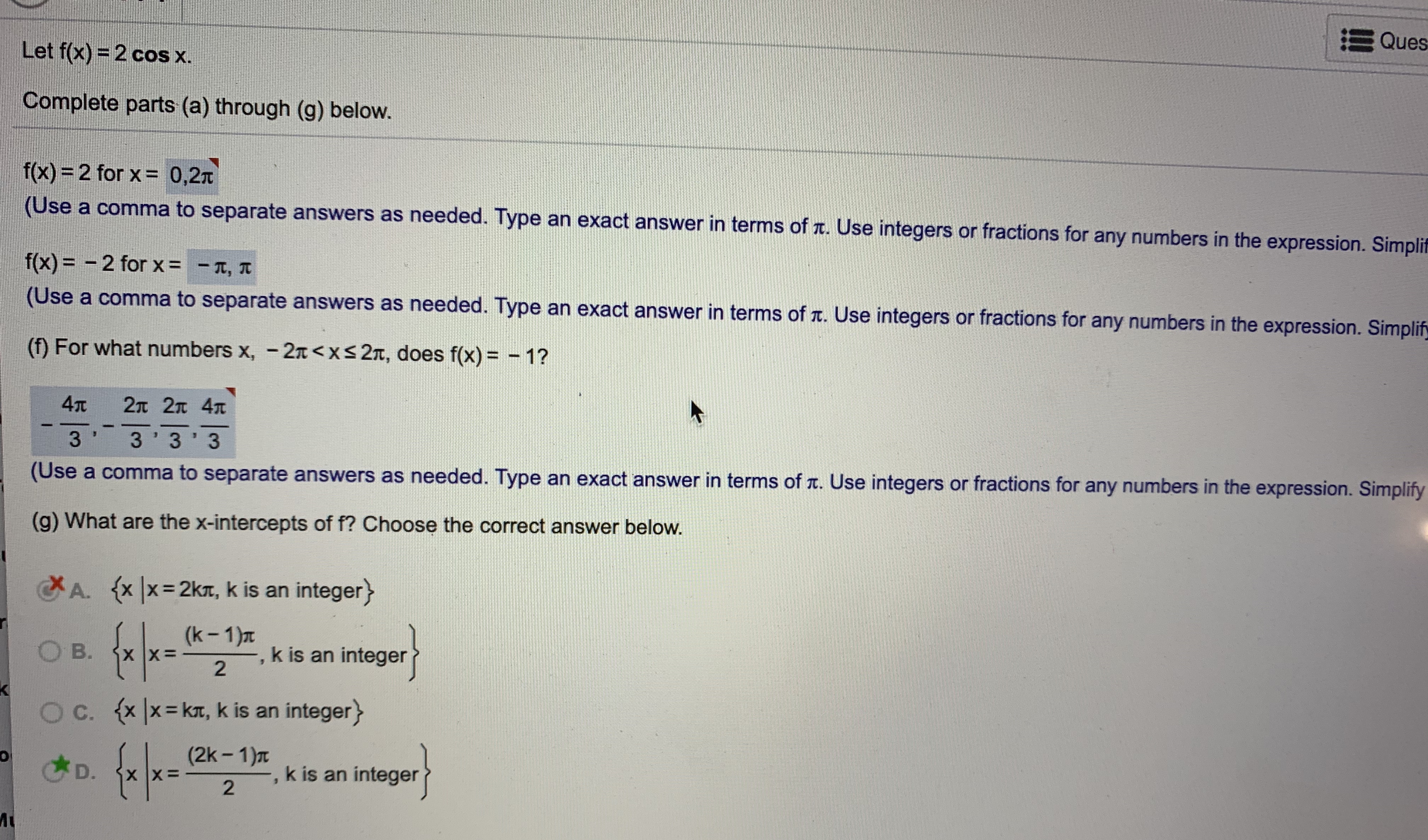



Answered Let F X 2 Cos X Complete Parts A Bartleby




The Range Of Function F X Cos X
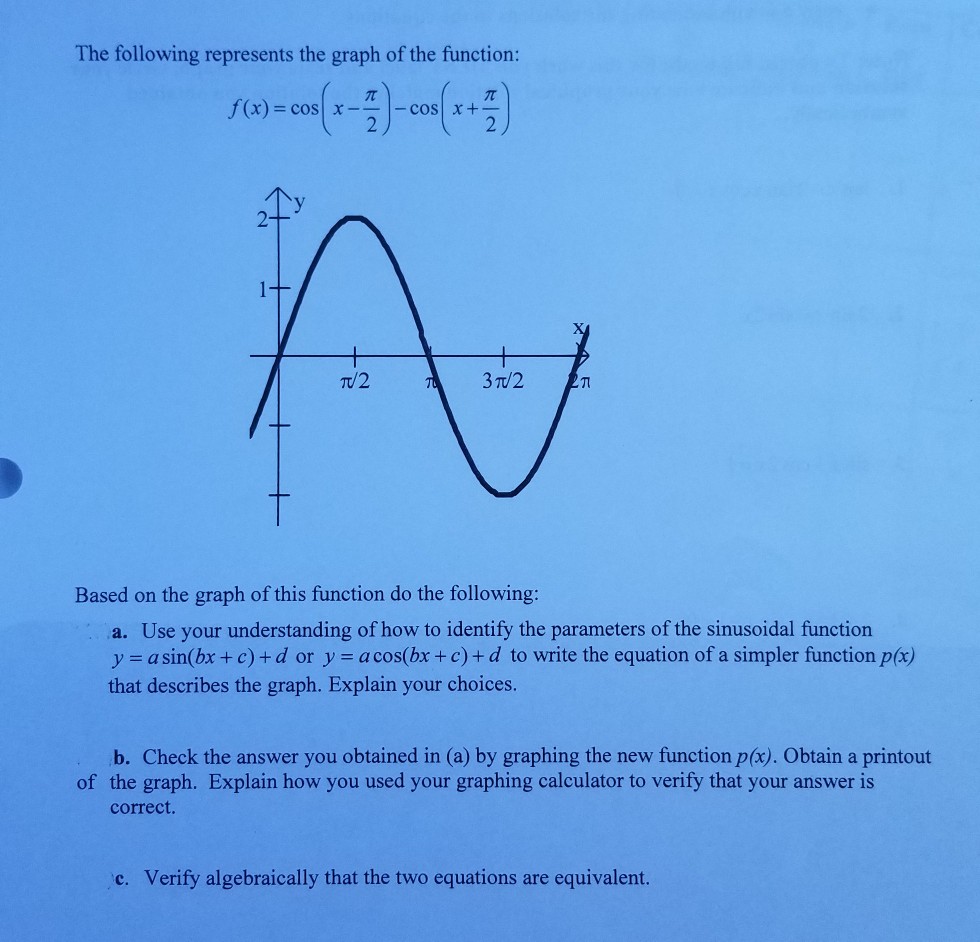



The Following Represents The Graph Of The Function Chegg Com




Which Function Is Graphed Below Wmx F X Cos X F X Cos X X Sin Brainly Com




Graphing Trig Functions Sin And Cos Andymath Com
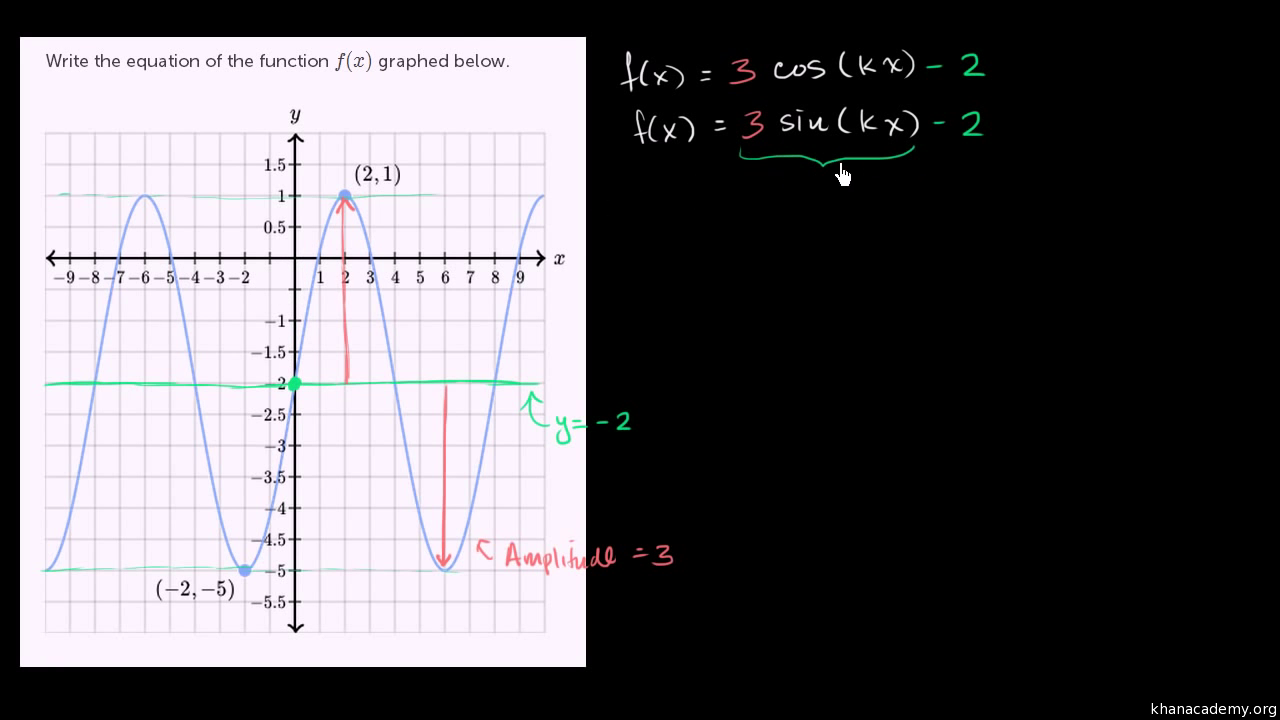



Sinusoidal Function From Graph Video Khan Academy




Transformation Of Graphs Ppt Download




Find The Points Of Inflection Of The Graph Of The Chegg Com



What Is The Fourier Series Of F X Cos X If 0 X P Quora




Derivatives Of Sin X And Cos X Video Khan Academy



0 件のコメント:
コメントを投稿